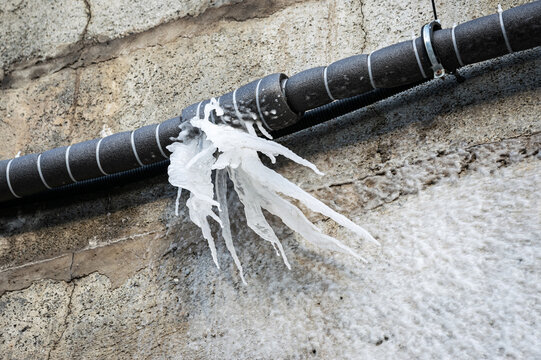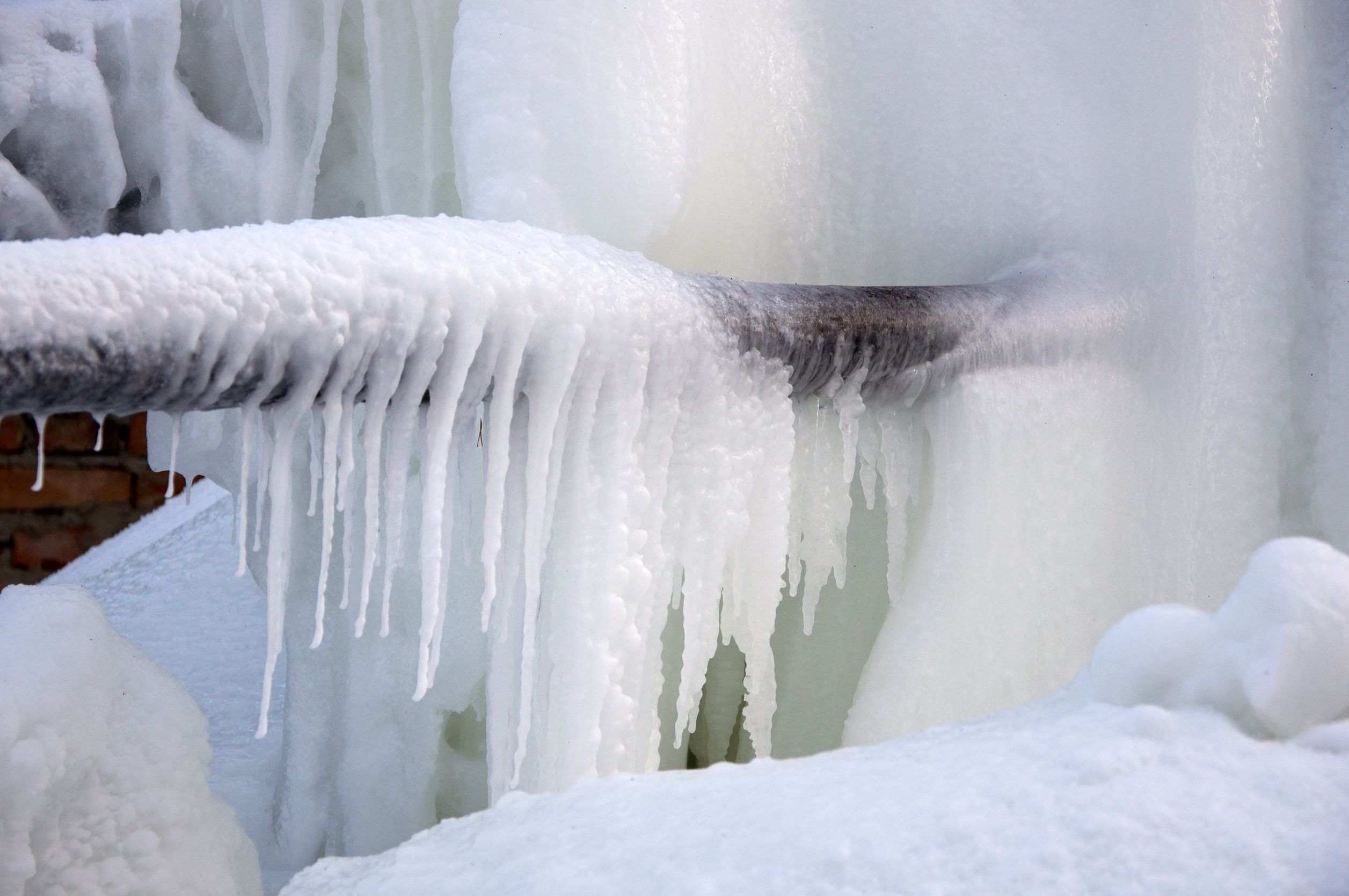Tips to Avoid Frozen Pipes in Cold Weather: Professional Tips
Tips to Avoid Frozen Pipes in Cold Weather: Professional Tips
Blog Article
This post further down relating to How to prepare your home plumbing for winter weather is fairly stimulating. Give it a go and draw your own results.

Cold weather can damage your plumbing, especially by freezing pipelines. Below's just how to avoid it from taking place and what to do if it does.
Intro
As temperature levels drop, the threat of icy pipes boosts, potentially bring about costly repair services and water damage. Recognizing how to avoid frozen pipelines is critical for house owners in cool climates.
Understanding Icy Pipes
What causes pipelines to freeze?
Pipelines freeze when revealed to temperatures listed below 32 ° F (0 ° C) for extended periods. As water inside the pipes ices up, it expands, taxing the pipe walls and potentially triggering them to rupture.
Dangers and damages
Icy pipelines can cause water disturbances, residential property damages, and costly repair services. Ruptured pipelines can flooding homes and create substantial architectural damage.
Signs of Frozen Piping
Determining frozen pipelines early can prevent them from rupturing.
Just how to determine icy pipes
Seek reduced water circulation from faucets, uncommon odors or noises from pipelines, and noticeable frost on revealed pipes.
Prevention Tips
Protecting susceptible pipes
Cover pipes in insulation sleeves or use heat tape to safeguard them from freezing temperature levels. Focus on pipes in unheated or external areas of the home.
Home heating strategies
Maintain interior spaces effectively warmed, especially locations with plumbing. Open closet doors to permit warm air to distribute around pipes under sinks.
Securing Exterior Pipes
Yard tubes and outside taps
Detach and drain pipes garden pipes before winter. Mount frost-proof faucets or cover exterior taps with protected caps.
What to Do If Your Pipes Freeze
Immediate actions to take
If you think icy pipelines, keep taps open up to alleviate stress as the ice melts. Make use of a hairdryer or towels taken in warm water to thaw pipes gradually.
Long-Term Solutions
Architectural modifications
Think about rerouting pipelines far from exterior wall surfaces or unheated areas. Add added insulation to attics, cellars, and crawl spaces.
Upgrading insulation
Purchase top notch insulation for pipelines, attics, and wall surfaces. Proper insulation assists maintain consistent temperatures and minimizes the risk of frozen pipes.
Verdict
Avoiding frozen pipelines calls for aggressive procedures and quick responses. By recognizing the reasons, signs, and safety nets, homeowners can shield their plumbing during cold weather.
5 Ways to Prevent Frozen Pipes
Drain Outdoor Faucets and Disconnect Hoses
First, close the shut-off valve that controls the flow of water in the pipe to your outdoor faucet. Then, head outside to disconnect and drain your hose and open the outdoor faucet to allow the water to completely drain out of the line. Turn off the faucet when done. Finally, head back to the shut-off valve and drain the remaining water inside the pipe into a bucket or container. Additionally, if you have a home irrigation system, you should consider hiring an expert to clear the system of water each year.
Insulate Pipes
One of the best and most cost-effective methods for preventing frozen water pipes is to wrap your pipes with insulation. This is especially important for areas in your home that aren’t exposed to heat, such as an attic. We suggest using foam sleeves, which can typically be found at your local hardware store.
Keep Heat Running at 65
Your pipes are located inside your walls, and the temperature there is much colder than the rest of the house. To prevent your pipes from freezing, The Insurance Information Institute suggests that you keep your home heated to at least 65 degrees, even when traveling. You may want to invest in smart devices that can keep an eye on the temperature in your home while you’re away.
Leave Water Dripping
Moving water — even a small trickle — can prevent ice from forming inside your pipes. When freezing temps are imminent, start a drip of water from all faucets that serve exposed pipes. Leaving a few faucets running will also help relieve pressure inside the pipes and help prevent a rupture if the water inside freezes.
Open Cupboard Doors
Warm your kitchen and bathroom pipes by opening cupboards and vanities. You should also leave your interior doors ajar to help warm air circulate evenly throughout your home.

Do you really like reading up on How to prepare your home plumbing for winter weather? Create a remark directly below. We'd be pleased to listen to your ideas about this posting. In hopes that you visit us again later on. Sharing is good. Helping people is fun. Thanks for your time invested reading it.
Click On This Link Report this page